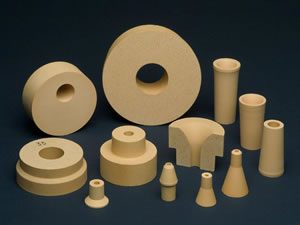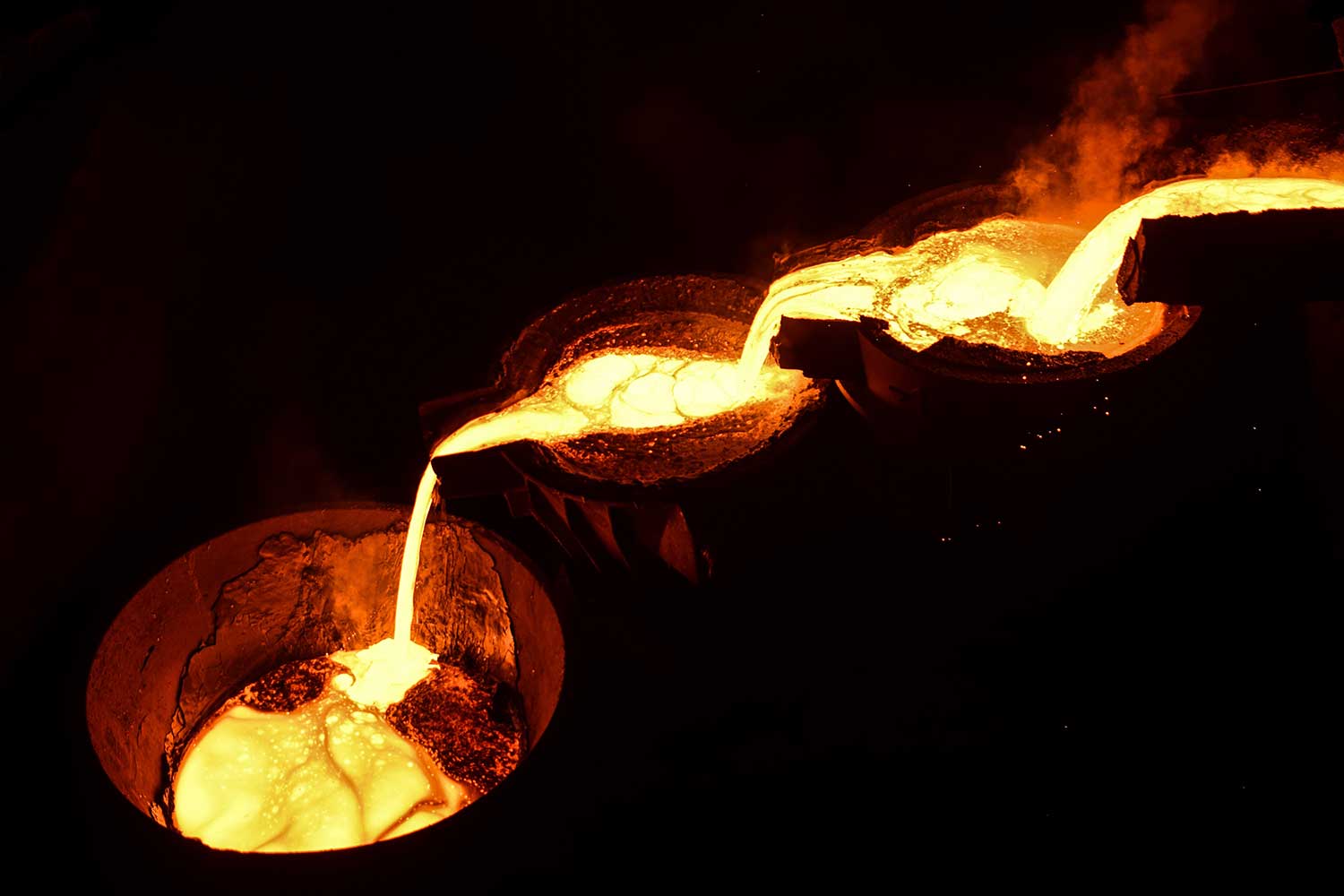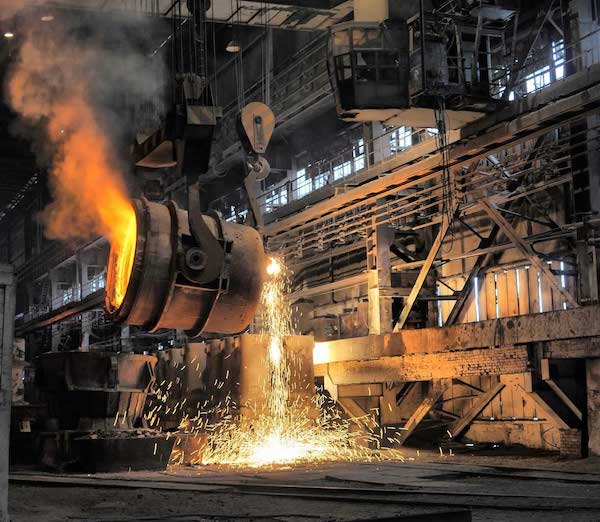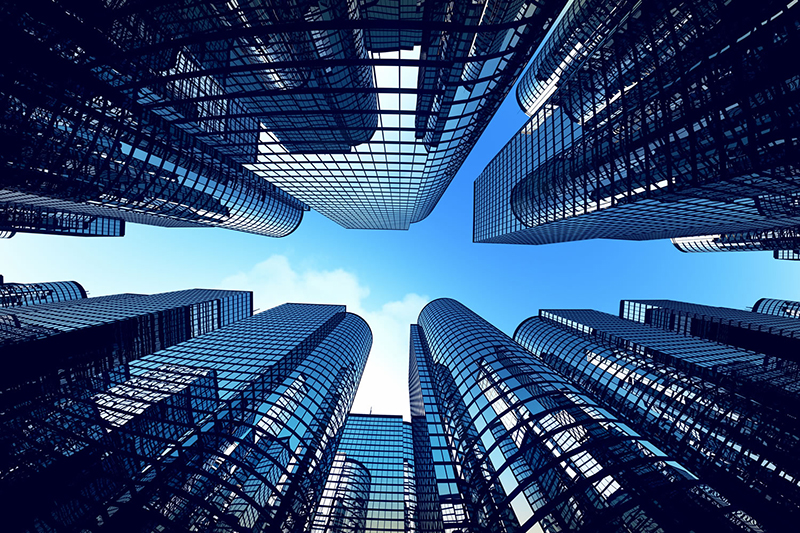Ceramics Articles
Asia Trip Highlights: Strengthening Partnerships and Fostering Innovation from Richard Verrier
Last month, Richard Verrier took a trip to Asia as part of Anderman & Company’s ongoing commitment to customer focus and building strong partnerships. This visit, which forms part of a global series of trips, provided an opportunity to review ongoing business developments, discuss future business plans and industry trends, and ensure we continue delivering high quality solutions to our customers.
Unlocking the Potential of Industrial Ceramics: Expert Insights from Richard Verrier
Industrial ceramics play a crucial role in applications across a wide range of industries, offering unique properties that other materials simply cannot match. From high temperature and wear resistance to electrical insulation and corrosion protection, ceramics are often the best choice of material when working in extreme environments. However, understanding which ceramic materials are best suited for specific applications can be complex. In this blog, we’ve sat down with Richard Verrier, our Technical Commercial Engineer, to answer some of the most common questions that come up when choosing the right material.
Richard’s insights offer valuable guidance on material selection, key properties to consider, and how to collaborate with experts to ensure the best solution for your needs.
Industrial Ceramics: The Superhero Material
Industrial ceramics, also known as engineering ceramics or advanced ceramics, combine the superpowers of exceptional mechanical, thermal, chemical strength as well as an ability to resist wear that make them essential in today’s ever-evolving world. These materials are critical across a wide range of manufacturing processes—many more than you might think.
When you consider ceramics, traditional pottery or decorative items might come to mind. However, industrial ceramics are engineered to a much higher standard and are specifically designed to solve engineering challenges, ranging from smelting to car brakes.
The primary materials used in industrial ceramics include oxides, nitrides, carbides, and certain composite materials, making them ideal for environments where reliability and performance are critical for safety and longevity and compared to other materials, industrial ceramics offer a unique set of advantages, including heat resistance, hardness, and resistance to wear and corrosion.
Superalloys, investment casting and speciality steel refractories
Speciality steel refractories that safeguard your reputation
Quality is vital in your highly regulated sector. Your reputation and safety record depend on the purity of the molten material you produce. The refractories that distribute that material round your production line must be of the highest quality, to avoid contamination and reduce your scrap yields.
We know. We have been developing, delivering and supplying advanced refractories to the superalloy and investment casting industries for more than 70 years.
Advanced refractories and other ceramics in the steel manufacturing process
Improve your efficiency, with advanced refractories that last longer
When your plant has a daily throughput worth millions, you need to cut downtime wherever possible.
You want reliable supplies of high quality refractories in steel manufacturing that give you a longer campaign life or reduced scrap yields. You don’t want to stop an operation because a ceramic lining must be replaced earlier than expected. We understand that the cost of that is huge in terms of lost production in the steel manufacturing process – much bigger than the refractory’s original price tag.
Float and container glass and advanced refractories
Advanced refractories that extend campaign life and give you the edge
We work with glass manufacturers and the specialist contractors who reline their furnaces with advanced refractories. Established in 1947, we have extensive knowledge of the refractory products you need to lengthen the life of your furnaces without compromising on quality.
As a glass manufacturer, this means you will improve the productivity and efficiency of your operation, because your downtime will decrease. As a contractor, we will give you a competitive edge. You will be able to offer customers quality refractories that resist corrosion better and come with longer warranties.
Ceramic use in the cement industry
Cut your energy bills and downtime with our advanced refractories and industrial ceramics in the cement industry
Over the last 70 years we have built up extensive expertise, developing and procuring technical ceramics and refractories that resist corrosion and save energy. We also have a network of specialist manufacturers, who are keen to find new solutions to intractable problems.
We are bringing these contacts and knowledge to the cement industry, to help you in two areas: productivity and costs.
High Performance Zirconia Atomizing Nozzles
 Anderman Ceramic’s can produce in volume high performance Zirconia Atomizing Nozzles for use in the Powder Metallurgy industry. These nozzles are a key component in the manufacturer of metal powders such as Stainless Steel, Nickel & Cobalt based super alloys and other exotic alloys. Applications also include the casting and atomization of Ferrous and Non Ferrous melts.
Anderman Ceramic’s can produce in volume high performance Zirconia Atomizing Nozzles for use in the Powder Metallurgy industry. These nozzles are a key component in the manufacturer of metal powders such as Stainless Steel, Nickel & Cobalt based super alloys and other exotic alloys. Applications also include the casting and atomization of Ferrous and Non Ferrous melts.
Why consider pressed or formed ceramics?
Formed ceramics development has grown out of a long history of the use of ceramic materials, which have been used in industry for an extremely long time. Early man first developed the use of clay based ceramics to facilitate the production of metal tools alongside Chinese production of fine pottery.
Fast forward to today and ceramic materials remain one of the most important materials used world- wide. Without industrial ceramics we would have no metal production, no mass produced fabrics, no petrochemical industry, no electricity supply, and no advanced electronics. A different world to the one we all know.
Thermal shock in industrial ceramics
Design thinking for industrial ceramics
Alumina and Zirconia crucibles
Use of Thermocouples in Industrial Ceramics Applications
A Substitute to Steatite: Pyrophyllite
How to purchase a ceramic tube?
To many businesses, purchasing ceramic tubes can be a difficult task. However, this can be made very simple if the exact material and size of the ceramic tube are known. If this however is not readily available, the more information the supplier receives then they stand a much better chance of meeting the requirements set. As with all applications involving ceramics, the selection process for the material and production method is critical if you are to achieve the most cost effective solution. If you know the exact material and size then this is easy – if not then, here is some information you need to give your supplier to make sure you will get a tube that meets your requirement.





